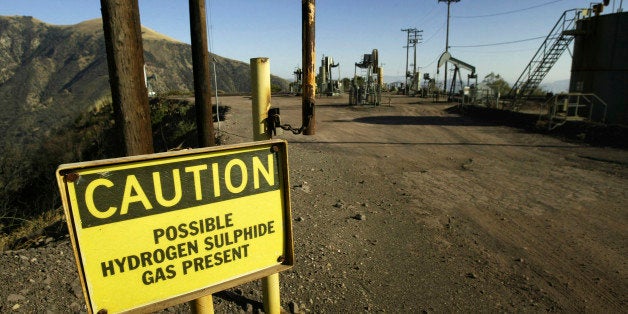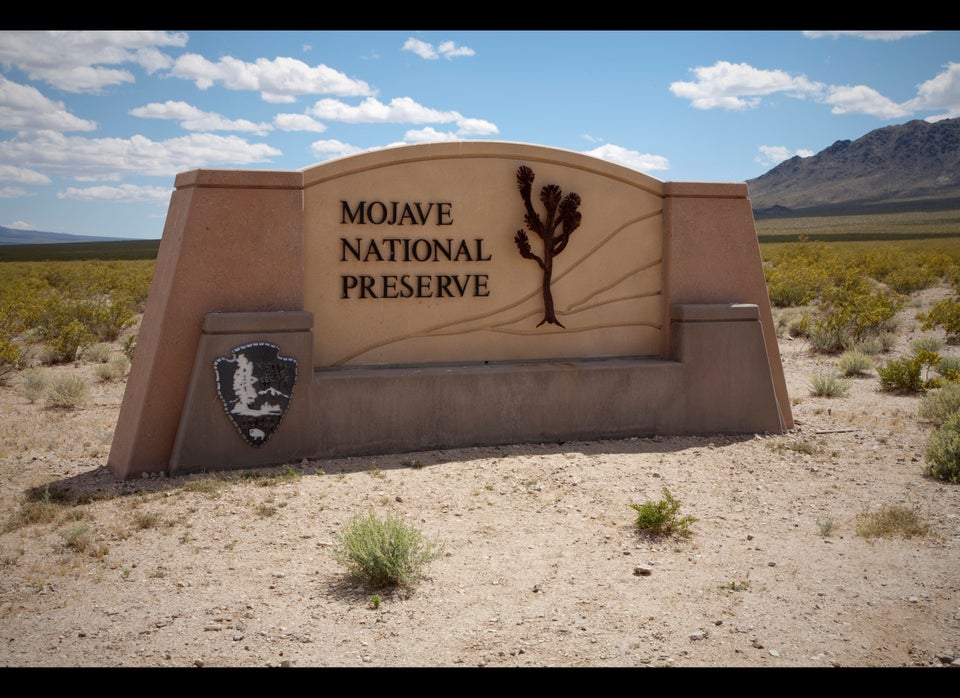
Oil and gas drilling on public lands in the United States creates 4.5 times more carbon dioxide than that land can possibly absorb as carbon sinks, according to a report that the liberal think tank Center for American Progress released Thursday.
Twenty-eight percent of the landmass in the U.S. is designated as public lands, 640 million acres that include wetlands, forests and grasslands. Over the past few decades, a rapid expansion of fossil fuel development has converted those lands from net carbon sinks -- meaning they absorb more carbon dioxide than they emit -- into tremendous carbon emitters. Public lands now provide 42.1 percent of nation’s coal, 26.2 percent of its oil and 17.8 percent of its natural gas, according to the Energy Information Administration. The extraction of these resources and their use in power plants, automobiles and industrial facilities now contribute to 23 percent of the nation’s greenhouse gas emissions, according to research cited in the report.
President Obama’s 2013 Climate Action Plan calls for cutting carbon pollution in the states, but it doesn’t specifically address how this significant carbon source can be mitigated, the report notes. The CAP report provides its own detailed recommendations for policy makers on how to address emissions from public lands, such as setting specific reduction goals, restoring ecosystems to their natural state to optimize carbon sequestration and tightening emission standards for oil and gas development.
The report comes after House Republicans passed three bills that would spur even more oil and gas development on public lands. Those bills would expedite permitting for oil and gas drilling, and ban the Department of Interior from implementing rules dealing with fracking on public lands. Those bills aren't expected to move in the Senate, and the White House has said President Obama will veto these bills if they did.
GOP representatives say that the bills would create jobs. But experts note public lands offer other resources like biodiversity, recreation and water purification.
“President Obama believes that we have a moral obligation to the next generation to leave our land, water and wildlife better than we found it,” Interior Secretary Sally Jewell recently said at the National Press Club. “Passing along the blessings that we have inherited will take action and a commitment to take the long view, particularly in this era when our lands and waters are facing unprecedented challenges from climate change and a growing population.”
